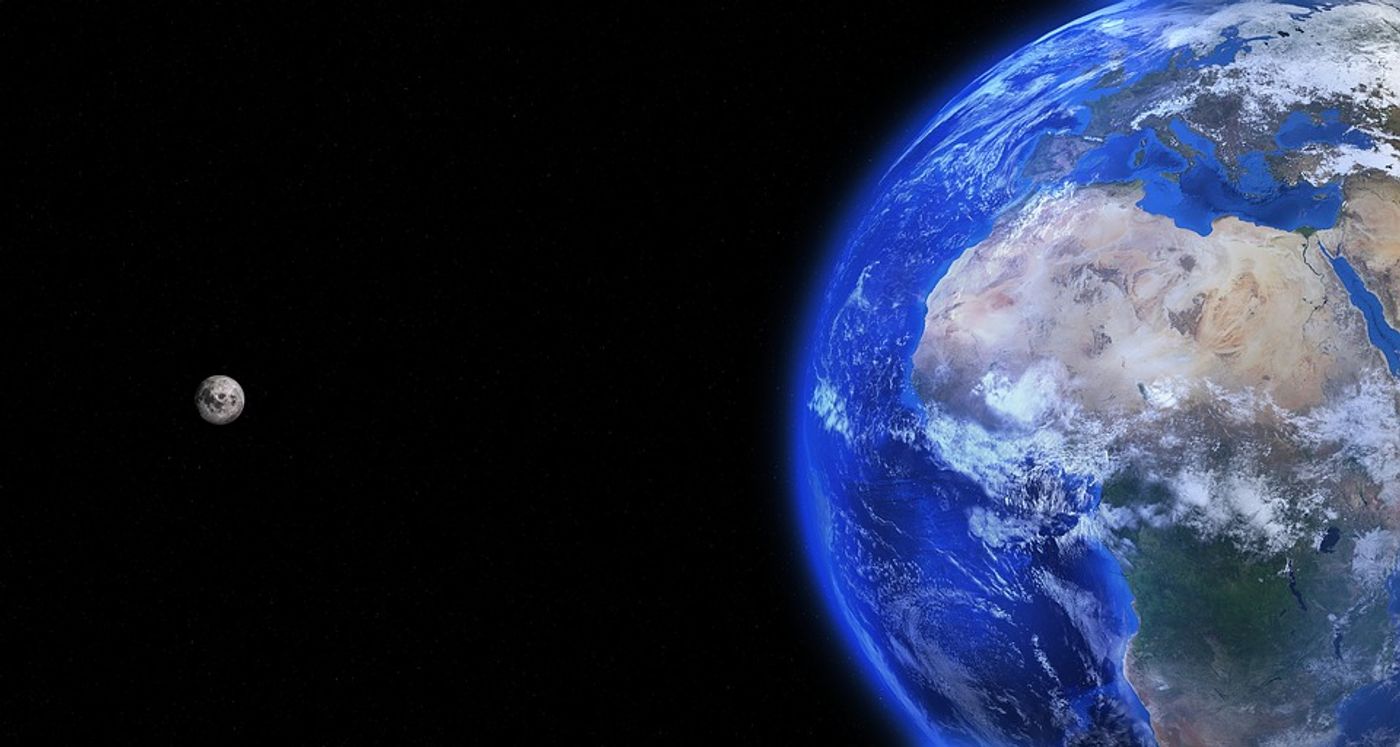Did interstellar organic material form water on Earth?
A recent study published in Scientific Reports sheds light on how our planet’s water could have first come to be. While there are multiple theories involving icy comets and meteorites, new research suggests that interstellar organic matter could be the original source of water on Earth.
"Until now, much less attention has been paid to organic matter, compared to ices and silicates, even though there is an abundance inside the snow line" says planetary scientist Akira Kouchi at Hokkaido University, who led the research team from the study.
In the study, the scientists showed that abundant water and oil can be formed by heating interstellar organic matter at high temperatures, modeled after the conditions appropriate for the parent bodies of meteorites inside the snow line. In planetary science, the snow line refers to the distance in the solar nebula from the central protostar where it is cold enough for volatile compounds such as water, ammonia, methane, carbon dioxide, carbon monoxide to condense into solid ice grains.
What this means is that even without the presence of icy comets, water could be produced inside the snow line. "Our results show that the interstellar organic matter inside the snow line is a potential source of water on the earth,” says Akira Kouchi.
In addition to producing water under these conditions, the production of oil was an unexpected surprise. Akira Kouchi explains, “The abiotic oil formation we observed suggests more extensive sources of petroleum for the ancient Earth than previously thought.”
The physicists hope to supplement their analyses with future experiments in addition to data from Hayabusa2. “Future analyses of organic matter in samples from the asteroid Ryugu, which Japan's asteroid explorer Hayabusa2 will bring back later this year, should advance our understanding of the origin of terrestrial water," concludes Akira Kouchi.
Sources: Scientific Reports, Science Daily









